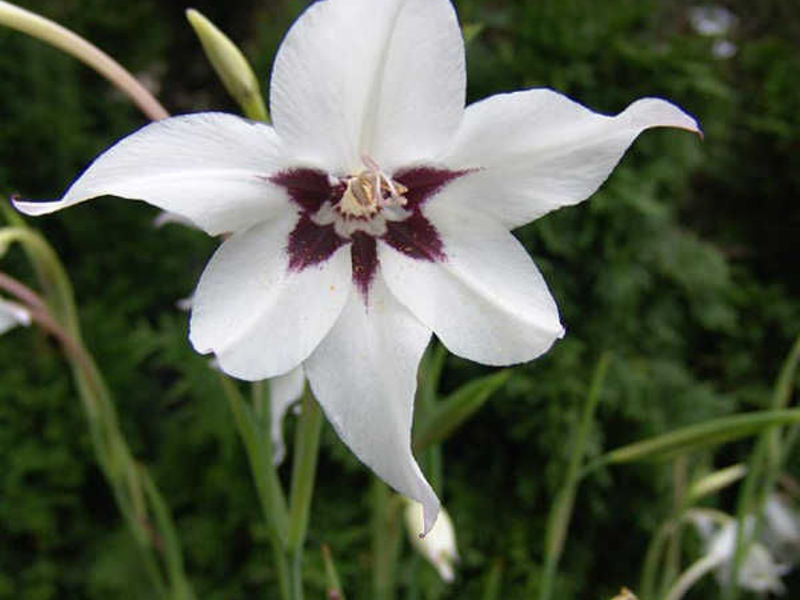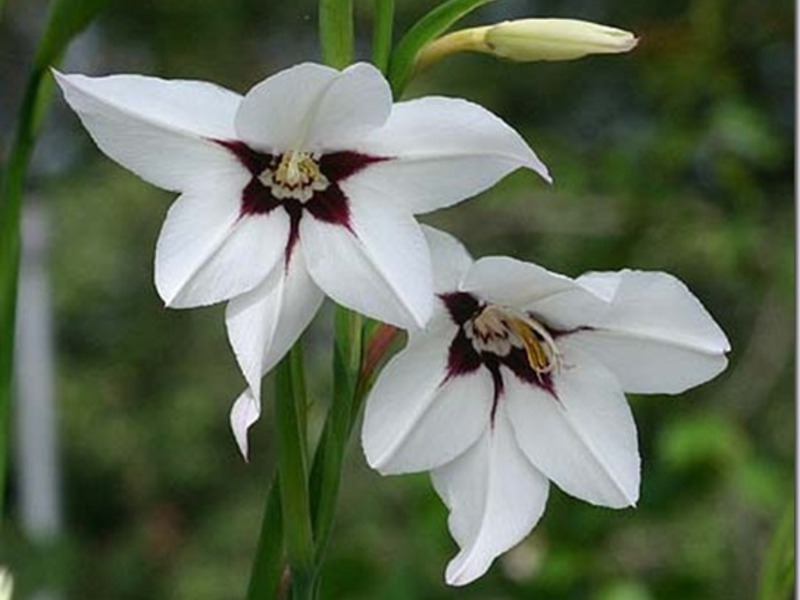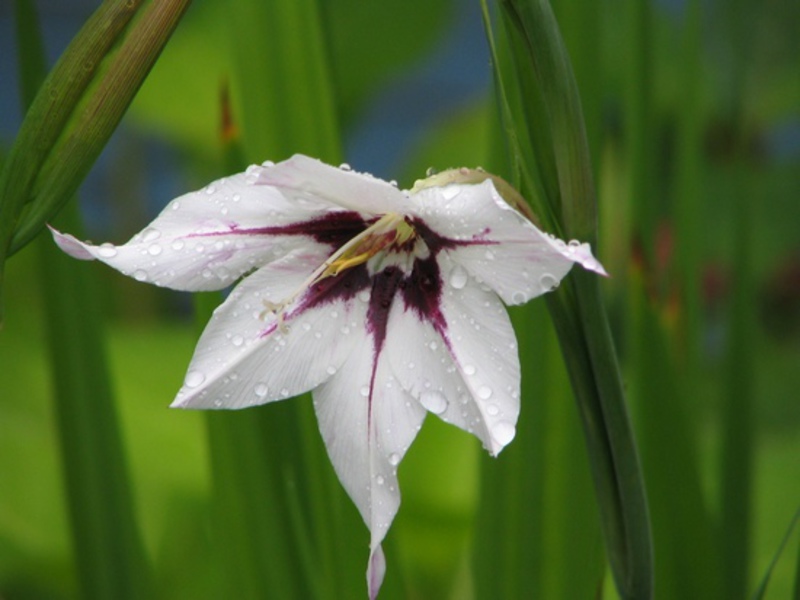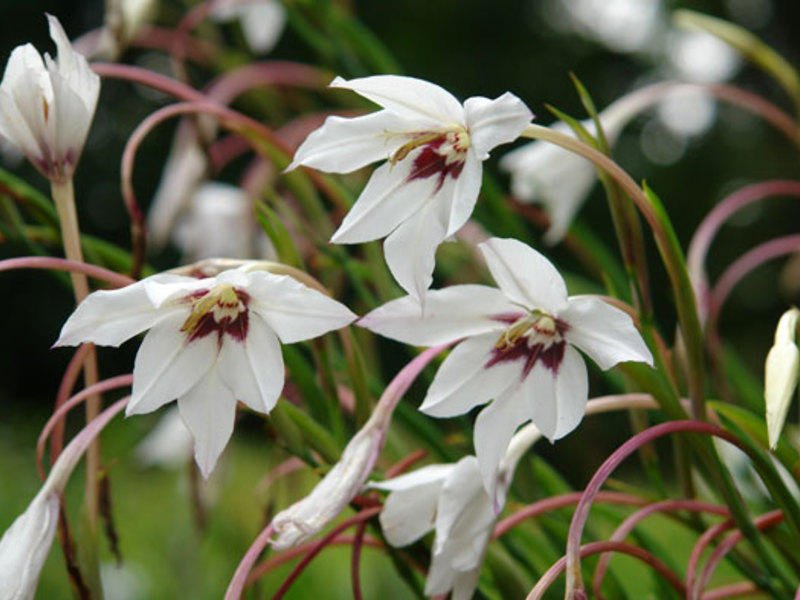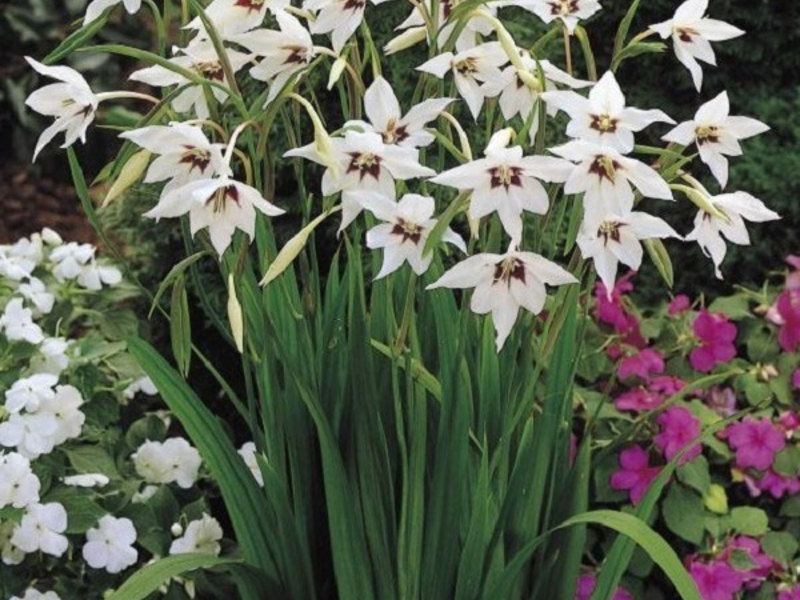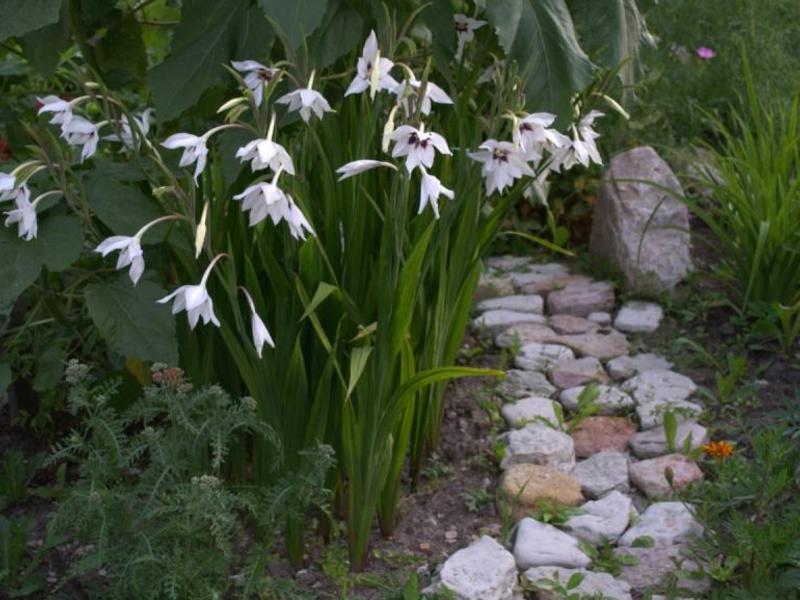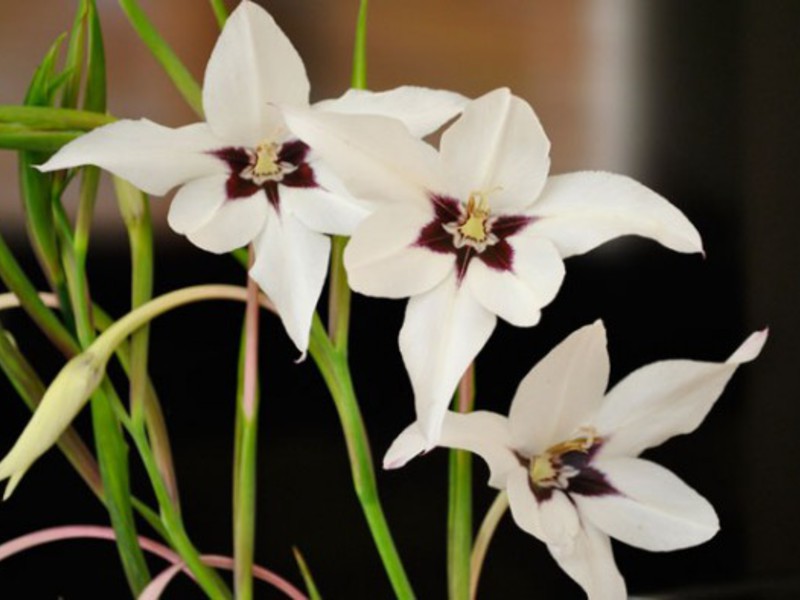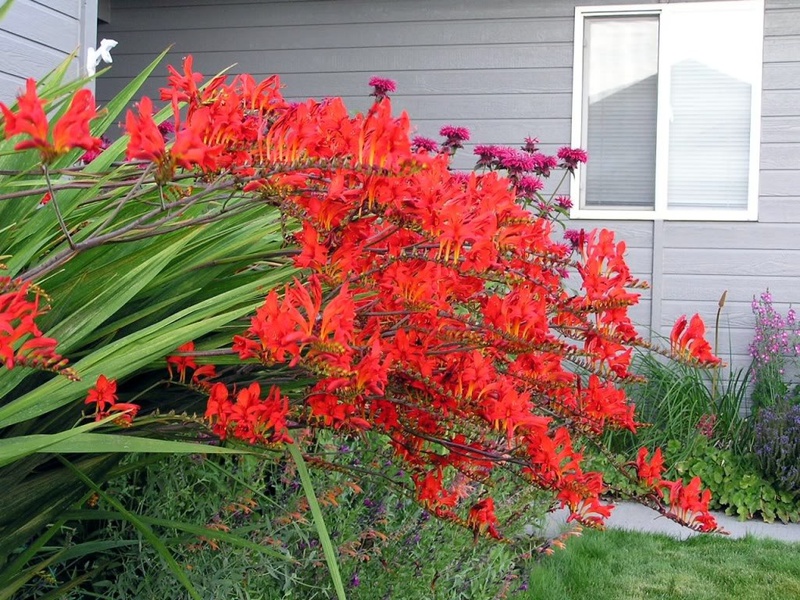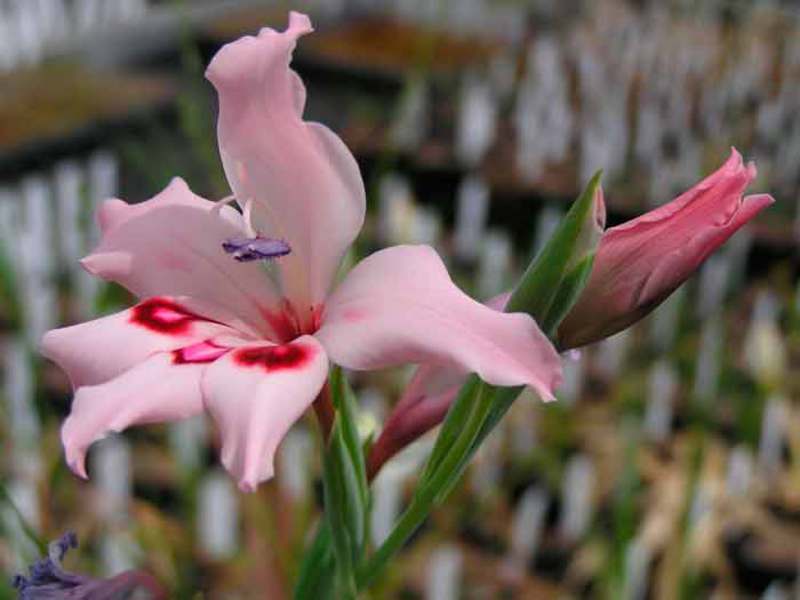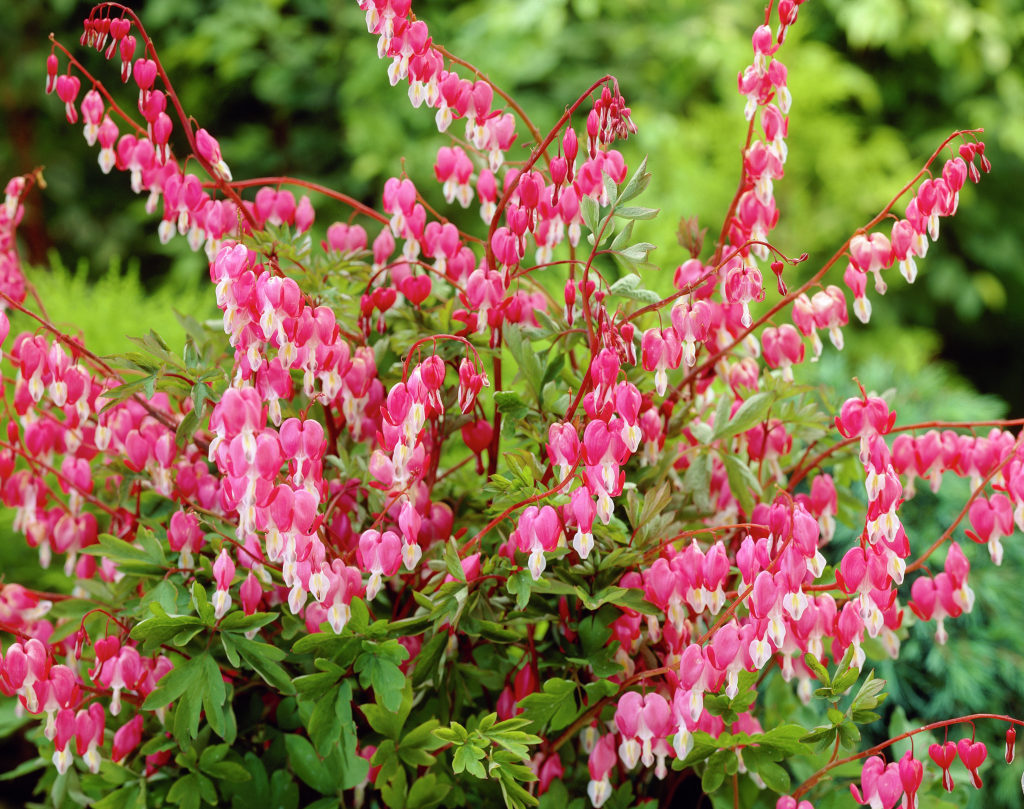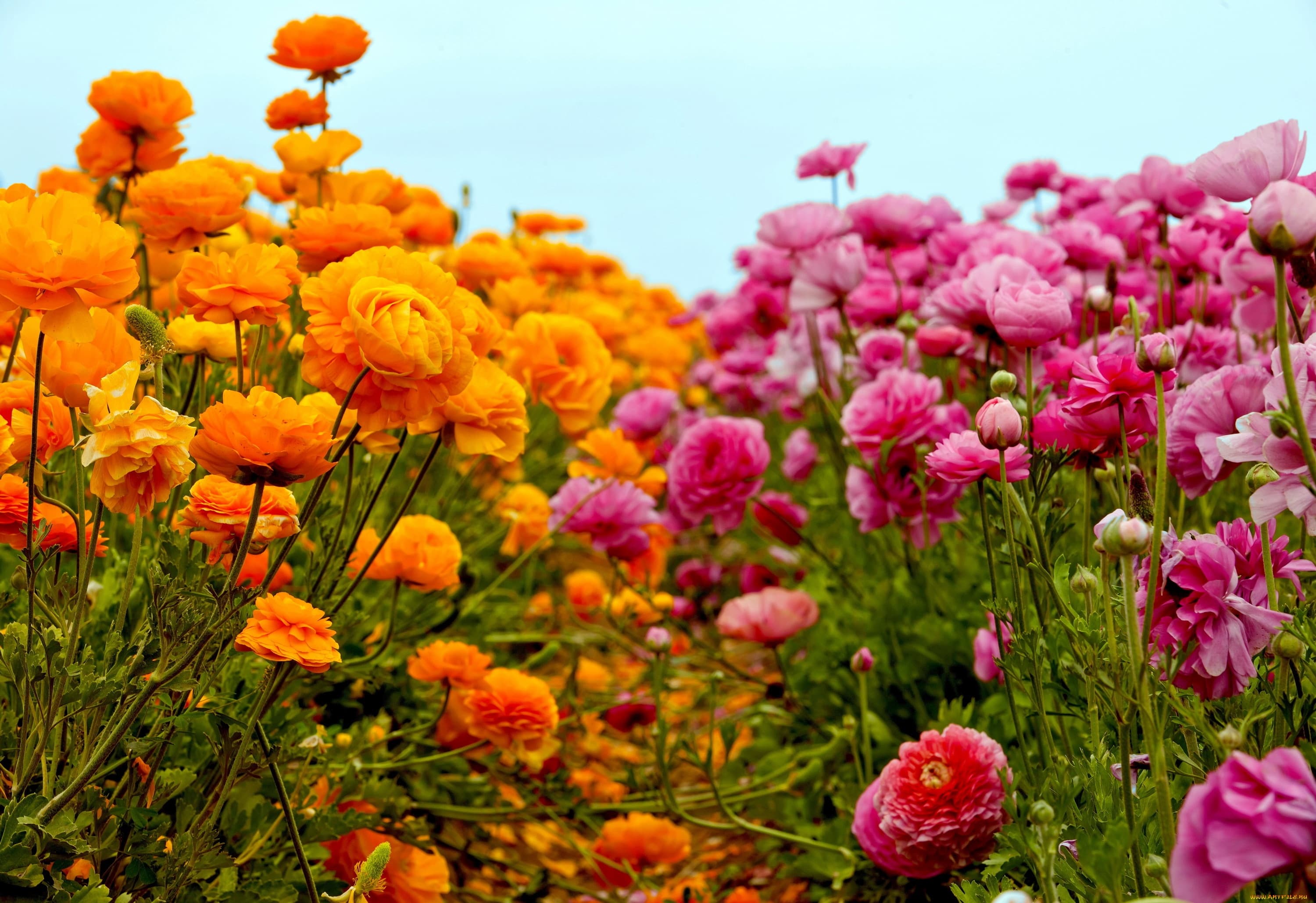People who first get acquainted with acidander note that it is very similar to the plant that they once saw somewhere. Often it is even mistaken for a daffodil, which can be explained by a similar aroma. This plant is also known under a different name - fragrant gladiolus. Its genus includes about 40 species. Acidantera is a member of the Iris family of the genus Iris.
A normally developed acidantera looks like a plant that has a thin, graceful stalk and equally delicate large, star-shaped flowers reaching a diameter of about 10 cm.The inflorescences can have a wide variety of shades: pale white, light purple with a dark spot in the center. In our country, you can most often find two-color acidander, which is grown as an annual.
Content
Reproduction of acidants
The photo of the plant only gives a general picture. Therefore, additional information will have to be obtained by additional paths. This plant is very similar to gladiolus in many properties, including the method of reproduction. Therefore, new plants can be grown from corms, babies and seeds.
In the latter case, gardeners will have to be very patient, since plants grown from seeds begin to bloom later than others. Because of this, this breeding method is the least common among flower lovers. However, for those who decide to use this technique, you should be aware of the main features:
- sowing seeds is carried out in February-March, having prepared containers for them filled with loose soil rich in fertilizers;
- when the seedlings get stronger, they can be transplanted into a greenhouse at a temperature of 20-25 degrees;
- adult seedlings must be picked.
Growing up from kids
Corms, as a rule, have many babies. If you decide to choose a breeding method for children, then you need to prepare a garden bed. Sowing of children is carried out in the spring in pre-prepared grooves. However, you can simply dig and loosen the ground and sow directly into it. Caring for children requires activities such as weeding, watering, loosening. In the fall, they are dug out of the soil, because they do not tolerate frost... After about two to three years, nodules grow from them, which can be used as material for growing flowers. It is also useful to add mineral and organic fertilizers to the soil for planting. Young seedlings respond well to mullein infusion.
Planting acidants
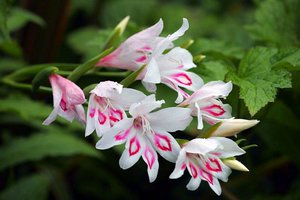 When preparing to plant this plant, it should be borne in mind that Africa is its homeland. Therefore, to place it, you should choose the most illuminated place, protected from the wind. You also need to pay attention to the quality of the soil, which should be drained with a neutral or slightly acidic reaction. Moderate soil moisture should be maintained during cultivation. The easiest way to fulfill this requirement is if, after landing cover the surface with a layer of peat.
When preparing to plant this plant, it should be borne in mind that Africa is its homeland. Therefore, to place it, you should choose the most illuminated place, protected from the wind. You also need to pay attention to the quality of the soil, which should be drained with a neutral or slightly acidic reaction. Moderate soil moisture should be maintained during cultivation. The easiest way to fulfill this requirement is if, after landing cover the surface with a layer of peat.
It is not good for the acidander if it is watered too much. If moisture stagnates in the place of its cultivation, then subsequently the plant may begin to rot and die.Preparing the site for planting acidantera involves the introduction of mineral and organic fertilizers. This increases the chances that the plant will produce abundant flowering and grow well.
If it is important to achieve the early flowering of acidantera, then you can prepare the nodules for planting in open ground by growing in pots. They can be planted as early as March and subsequently kept in an insulated greenhouse or on a windowsill. Usually, the last frosts pass by mid-late May, which creates excellent conditions for transplanting to a permanent place. This plant can easily die as a result of putrefactive diseases. This can be avoided by treating the bulbs with fungicides before planting. Corms are recommended bury 10 cm in the ground, placing them no closer than 20 cm to each other. However, the size of the bulbs must be considered in any case.
Acidantera care
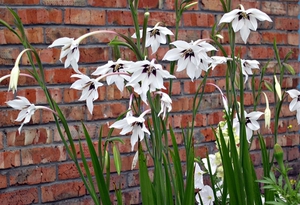 If you want to save yourself from laborious work and immediately plant the bulbs in the ground, then you need to take into account the possibility of frost and, if necessary, cover the planting material. During the preparation of the tubers for winter, you will have to create a shelter based on dry leaves, straw or spruce branches. You can also use peat, but not always it can effectively cope with its task. Sometimes it can swell and not save the onions from the cold.
If you want to save yourself from laborious work and immediately plant the bulbs in the ground, then you need to take into account the possibility of frost and, if necessary, cover the planting material. During the preparation of the tubers for winter, you will have to create a shelter based on dry leaves, straw or spruce branches. You can also use peat, but not always it can effectively cope with its task. Sometimes it can swell and not save the onions from the cold.
During the growing season, it is allowed to carry out two to three times fertilizing with mineral fertilizers... If you want to ensure that the flower always looks attractive, it is necessary to remove faded inflorescences in a timely manner.
You can prune the peduncles at the moment when the last acidantera flower has bloomed. After this operation, only the lower leaves should remain. This will allow the bulbs to build up enough strength during the winter break for the next season.
Acidantera can be grown in tubs and pots. However, this method is fraught with certain difficulties, since it will be necessary to water and fertilize more often. When growing plants indoors, you will need special potting soil, for which you need to take:
- humus;
- leafy and sod land;
- sand.
Remember, however, that you will have to prepare a new potting mix every year. In order for plants to develop normally, containers with flowers must be in a bright, warm room, where the temperature must be maintained within 20 degrees Celsius.
Storage and wintering
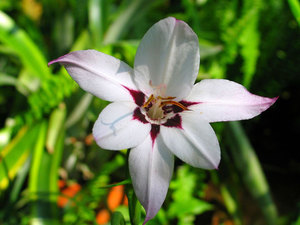 If severe cold weather is not expected in the coming winter, then the plants can be left directly in the ground, providing additional shelter from straw and dry leaves. However, it should be remembered that an acidander can grow in one place without losing its decorative properties for no more than 5 years.
If severe cold weather is not expected in the coming winter, then the plants can be left directly in the ground, providing additional shelter from straw and dry leaves. However, it should be remembered that an acidander can grow in one place without losing its decorative properties for no more than 5 years.
If there is a chance that the winter will be happy with the harsh, then in autumn you need tubers dig up and store... Before laying the plant, you need to remove the upper leaves, and leave the lower ones. Subsequently, he is placed in a room with good ventilation, where the temperature is maintained at 18-20 degrees Celsius. There it should dry well within one month.
Before planting a flower for drying, it is useful to treat the tubers with fungicides. When the bulbs have acquired the required condition, the ground part and roots are removed from them. Next, a box filled with peat is taken, and the bulbs are placed there. You can also use a newspaper for these purposes. In order for the corms to be well preserved until spring, they need to be kept in a dry, ventilated room where the temperature is maintained within 10-15 degrees. Practical experience shows that when storing planting material in a box with peat, a certain part nevertheless perishes. A likely reason for this can be called the fact that over the summer the bulbs were not provided with the necessary nutrients.
Types of acidants
Many species of acidander are known only in the wild.Therefore, they are not available for an ordinary grower. In the conditions of our country, you can most often find a two-color acidander, which easy to clean.
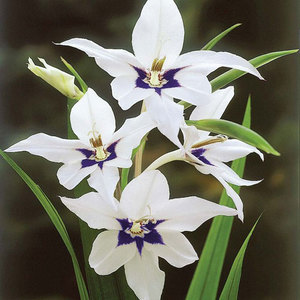 Acidantera bicolor. During the growing season, it forms a white flower, reaching within 12 cm, having a large spot of black and red in the center. The bulbs are small and reach about 3 cm, are distinguished by a milky white color;
Acidantera bicolor. During the growing season, it forms a white flower, reaching within 12 cm, having a large spot of black and red in the center. The bulbs are small and reach about 3 cm, are distinguished by a milky white color;- Acidantera tropical. Its decoration is double-sided inflorescences containing 5-6 flowers. Flowers have a decorative character due to the pleasant combination of white and crimson spots;
- Acidantera is short-tubular. It grows flowers attached to a short tube, which have a bright purple color. It grows only in the wild, but many flower lovers show an increased interest in it because of its bright color;
- Acidantera white. A characteristic feature are white flowers, located on a thin stem, from which a persistent smell emanates.
Conclusion
Acidantera is not such a well-known plant that even experienced growers can say something definite about. However, it is interesting if only because it resembles many traditional garden plants. Although experienced florists appreciate it because of its pronounced decorative properties. Growing this flower is not as difficult as it might seem at first.
As planting material use bulbs, which need to be provided with competent care even when they are laid for storage. When planting in spring, they need to choose a suitable spot where nutrient-rich soil should be present.
